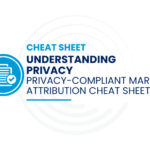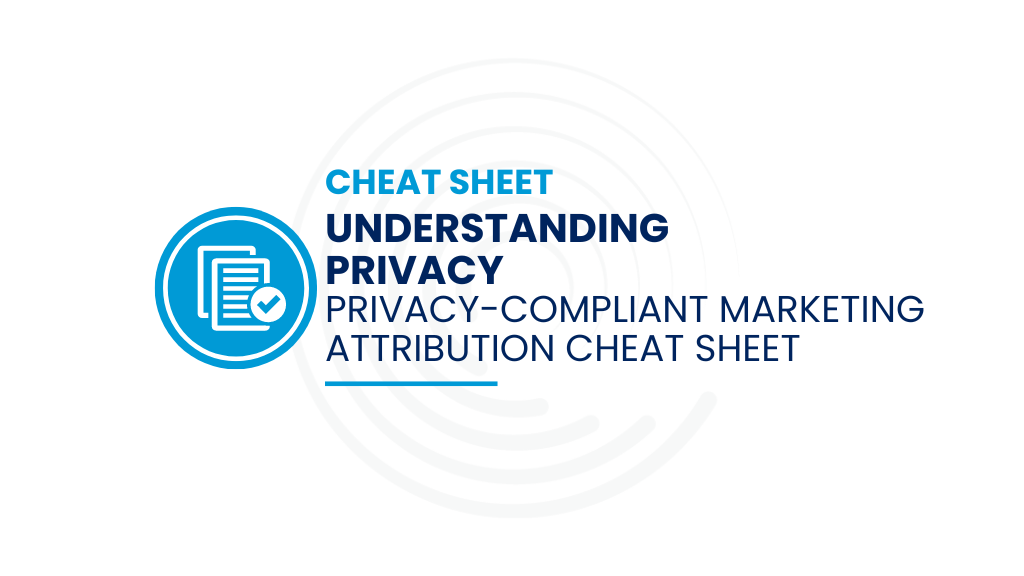As a sales rep that spends most of his time on the phone, I encounter a wide variety of conversations and prospects. Each come with its set of challenges, but the common thread amongst all of them is that my grasp of the lead’s context really helps me connect with the individual. And the true full context comes from the combination of marketing and sales.
Ignoring the marketing context is much too common amongst SDRs, and incorporating marketing context is essential to getting better at my job (learning what works and what doesn’t when connecting with a lead). With the three routines below, I’ve gained a greater ability to conduct prospecting and understand what works and what doesn’t.
1. Read All of Marketing’s Assets
It sounds simple; and it is. Yet a shocking amount of sales reps feel this takes time away from actually following up with the leads that assets generate. A speedy follow-up has been proven to help get a response for a lead, however your sales rep will be severely underprepared. A thoughtful read-through of the asset will give your sales reps the ability to speak towards the asset’s specific take-away. Similarly, sales reps can get a sense of the distinct wording marketing carefully chose, with the right branding tones and product messaging. Don’t worry, your leads will still be there in fifteen minutes. (Bonus: your sales team can provide feedback from the lead back to marketing for content and messaging improvements)
2. Promote Upcoming Marketing Events
Is your company hosting an upcoming event? Is one of your executives presenting a webinar? If so, can you imagine a better way to promote your product? Promoting your marketing team’s educational events not only generates a sense of thought leadership for marketing, but it also educates your prospect in a more personable fashion, especially if the events are highly targeted to the prospect in terms of location and topic. This will stand out from the frustrating string of emails all working professionals receive. By creating a “give to get” culture with your prospect, you assert yourself as a resource to help, rather than a salesperson asking for help. Give it a try—I’m sure your marketing team won’t mind.
3. Connect the Dots Between Each Prospect and Campaigns
As a breed, we sales people are eager to push deals along. Unfortunately, one of the most important aspects of our job comes after the real selling is done. By going back, or better yet proactively and thoughtfully assigning the prospect to the correct campaign, an SDR is enormously helpful in getting accurate marketing performance data. This will allow your marketing and sales teams to understand which campaigns are performing and which aren’t. This way, marketing can provide you with more great content that really helps you with your job. If there’s friction from SDRs regarding the manual data input, you can ensure that SDRs are on board by:
1) showing the value of this data input through new reporting that is made possible with that data, and
2) setting alignment meetings and creating agreements (SLAs) that incentivize SDRs to be on the same page with data maintenance processes.
As obvious as some of these sound, there are real challenges to implementing these routines. Overcoming these challenges is a matter of demonstrating the value in adopting them. And I’ll summarize like so:
Good habits → Clean data → Clear insights → Improved performance → Good habits → Clean data → …
So, with that, I hope you are able to start small with these three routines for your SDR team to adopt and increasingly win big.







